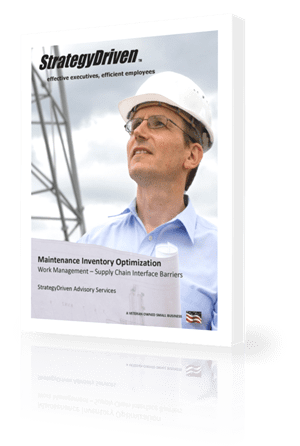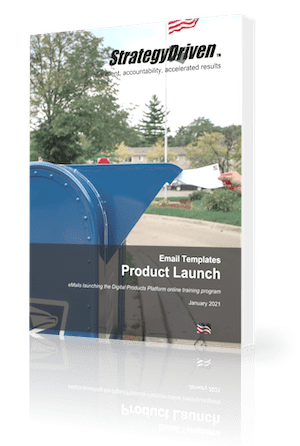Corporate Cultures – Individual Initiated, Knowledge and Skills Controlled Environment
The Individual Initiated, Knowledge and Skills Controlled Environment is one of two anchor points on the Culture-based Work Performance Model. Subsequently, organizations aligned with this culture set represent the highest level of engagement and creativity while incurring the greatest degree of risk in work consistency and efficiency.
Hi there! Gain access to this article with a StrategyDriven Insights Library – Total Access subscription or buy access to the article itself.
| Subscribe to the StrategyDriven Insights Library
Sign-up now for your StrategyDriven Insights Library – Total Access subscription for as low as $15 / month (paid annually). Not sure? Click here to learn more. |
Buy the Article
Don’t need a subscription? Buy access to Corporate Cultures – Individual Initiated, Knowledge and Skills Controlled Environment for just $2! |











Leave a Reply
Want to join the discussion?Feel free to contribute!